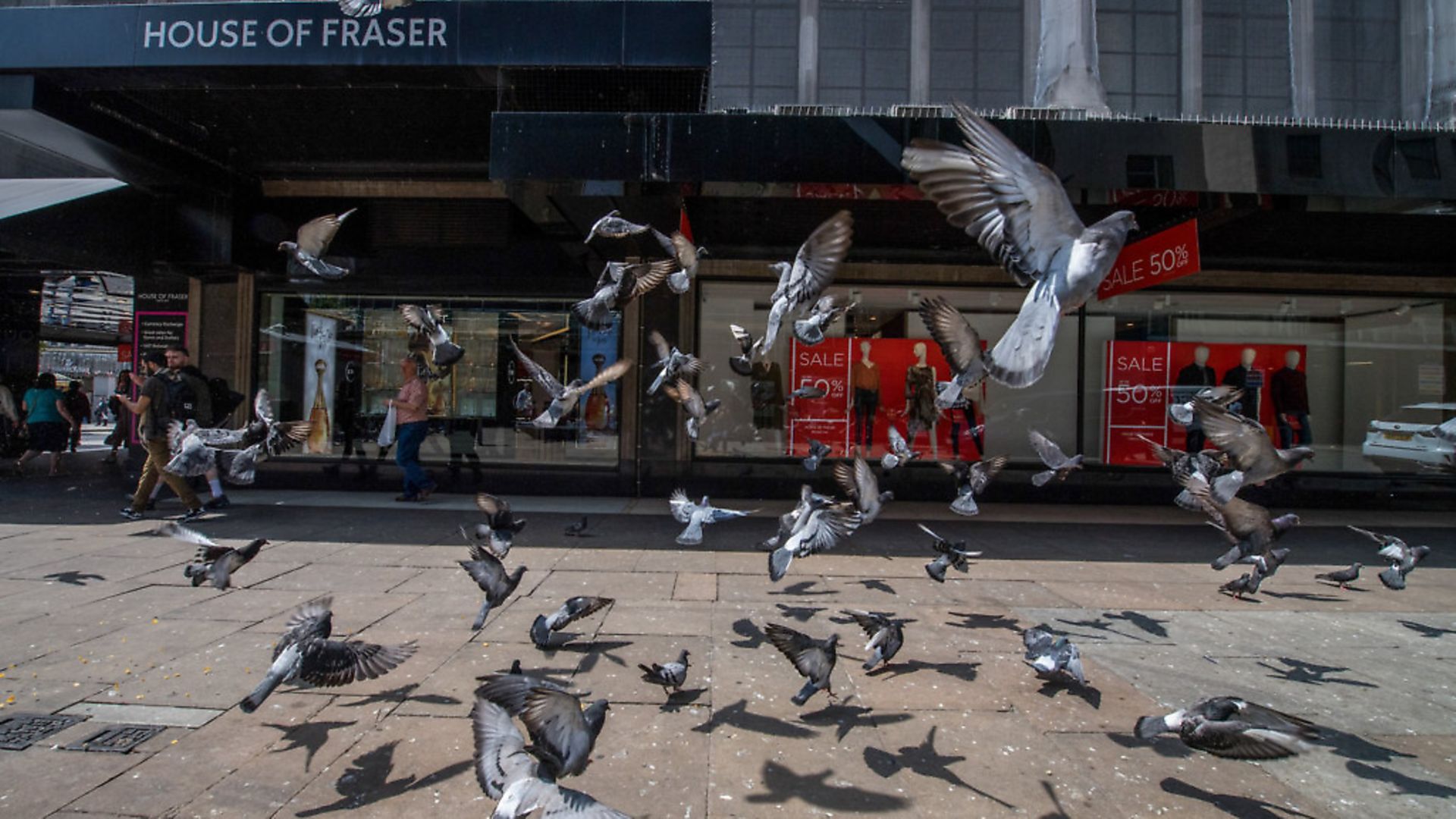
Steve Portugal answers one of the great urban conundrums of our time
It may not seem like one of life’s great mysteries, but a quick internet search reveals that people from across the world – London to Hong Kong, Cape Town to Buenos Aires – are asking this same question: for all the pigeons out there in our cities, where are all the dead ones?
Pigeons are as ubiquitous in the world’s cities as bad traffic, buskers and late-night takeaways. London alone is estimated to contain more than a million pigeons, inhabiting the many parks and gardens that crisscross its 1,000 square miles. Given these vast numbers – and the fact that an urban pigeon seldom lives for more than three or four years – it’s a wonder why they are not strewn across city streets.
There are several possible reasons for this. First, pigeons are just one part of a wide array of creatures to have adopted our cities as their home. Foxes, rats, gulls, crows and ravens all do a wonderful job of cleaning up any carrion they come across, including deceased pigeons. These species perform inestimable services to the urban ecosystem, reducing human exposure to rotting matter and helping cut the transmission of infectious diseases.
Alongside these native janitors, domestic cats are equally happy to take care of a dead or injured pigeon. It is estimated that there are half a million cats living in London alone – roughly two pigeons per cat. Whether a resident moggy or some other carnivore, this network of surreptitious street cleaners will usually whisk away any pigeon corpses long before they are seen by human eyes.
Most pigeons, however, don’t simply drop dead on the ground. To understand where pigeons themselves are likely to go when feeling vulnerable or unwell, we need to delve into their origins. The pigeons we see in cities are domestic ones who have undergone some serious ‘rewilding’. They were originally bred as homing pigeons, trained birds who relayed important messages over large distances long before telephones. These pigeons even won prestigious medals in both world wars.
Going back further, the original homing pigeons were bred centuries ago from wild rock doves, a species which inhabits sea cliffs and coastal caves.
Cities, with their high-rise buildings and elevated ledges, provide ideal nest sites for feral pigeons, and create an environment reminiscent of their ancestral homes. This background means that, when sick or injured, pigeons instinctively retreat to dark, remote places – ventilation systems, attics, building ledges – hoping to remain out of reach and unnoticed by predators. The predators don’t see them, but neither do we: often when pigeons expire, they are in hiding.
But what actually causes a pigeon to die? As they get older, pigeons become more susceptible to disease, and often become slower to react to oncoming predators. It is well-established that when a predator attacks a flock of birds, slower individuals can become isolated from the group, making them easy prey.
Dying of old age is not a luxury afforded to most pigeons: as soon as they shows signs of slowness or sickness, many are snapped up by peregrine falcons, sparrowhawks, or other predators.
One slightly macabre alternative that occurs in big cities involves the netting that often hangs around buildings. Birds can easily fly into it and become entangled: not just old or sick pigeons, but any bird unfortunate enough not to notice it.
Netting is usually high above the ground, so after some fruitless struggling, dead pigeons usually hang there, away from the scavengers below.
Whether snatched midair by birds of prey, entangled by man-made obstacles or alone in a remote corner of a skyscraper’s roof garden, there are many ways that pigeons pass on from this world. But they all take place within an internal urban ecosystem, that, for the most part, is hidden from our sight.
Steve Portugal is a reader in animal biology and physiology at Royal Holloway; this article also appears at www.theconversation.com









